1. The standards for steel surface rust and rust removal degree are based on the national standard GB8923-88, known as “Rust degree and rust removal of steel surface before coating”.
2. The standard divides the degree of rust removal into three types: shot blasting or abrasive blasting, manual and electric tools, and flame rust removal.
3. Abrasive or shot blasting is represented by the letter “sa” and is divided into four grades:
sa1 – light blasting. The steel surface has no visible grease, dirt, poorly adhered scale, rust, paint coatings or other residues.
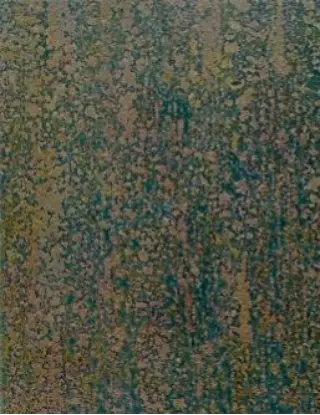
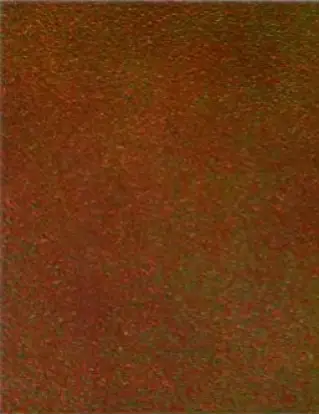
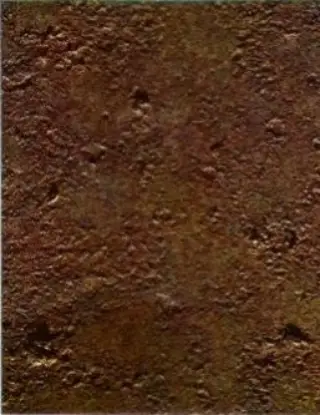
sa2 – complete detonation. The steel surface has no visible grease, dirt and residues such as scale and rust are basically removed.
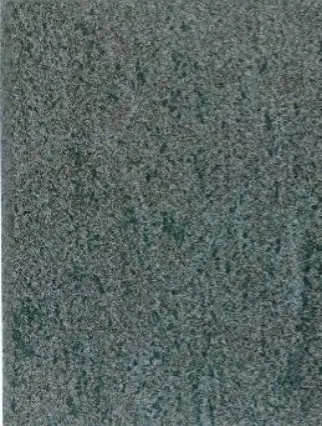
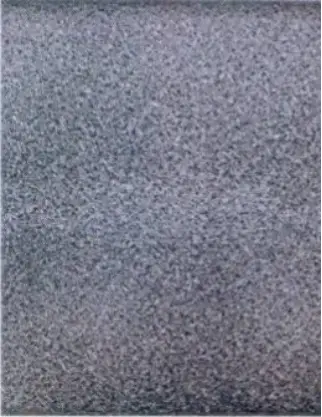
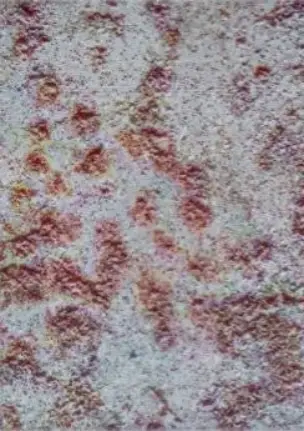
sa2.5 – very complete detonation. The steel surface has no visible grease, dirt, scale, rust, paint coatings or other residue, and any remaining traces are just small spots or streaks.
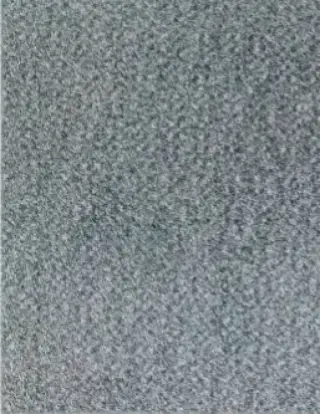
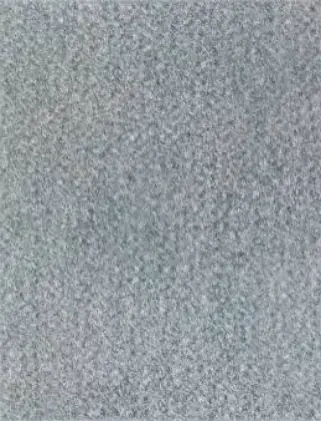
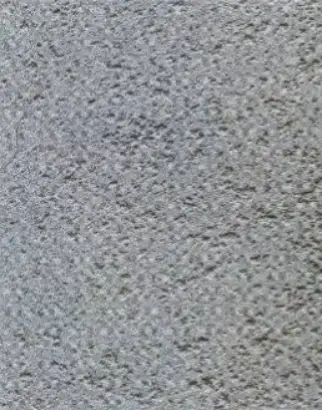
sa3 – very clean blasting. The steel surface has no visible grease, dirt, scale, rust, paint coatings or other residues, and the surface has a uniform metallic color.
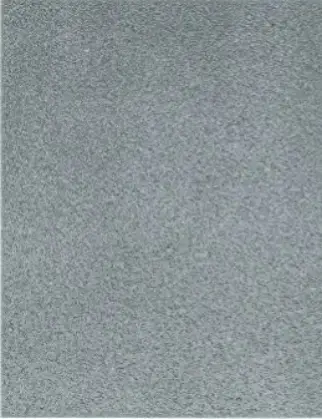
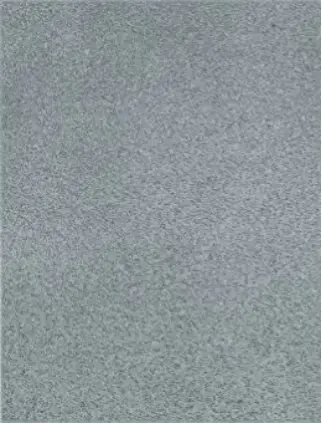
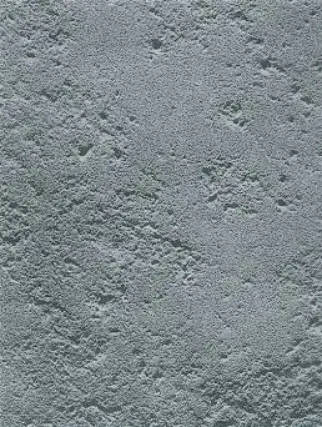
Manual Rust Removal Classes
St1 – complete cleaning manually and with power tools:
When viewed without magnification, the surface should be free of oil, grease and dust residues. There should be no unsafe oxidized skin, rust, paint or foreign objects. Any remaining contaminants must be firmly adhered.
St2 – complete rust removal by hand and power tools.
The steel surface must not have visible grease and dirt, nor scale, rust or poorly adhered paint coatings.
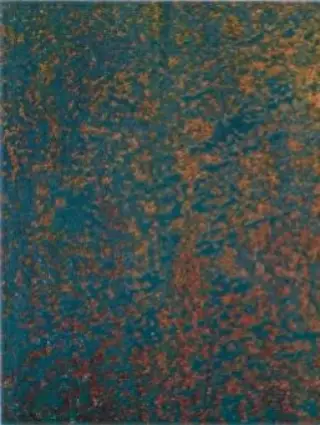
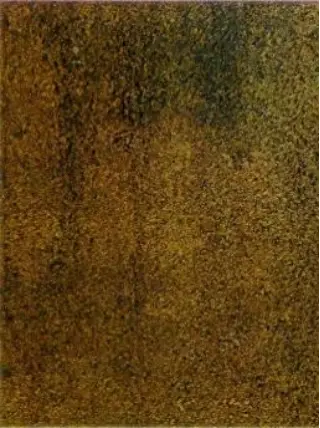
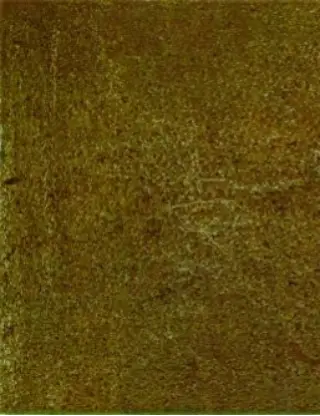
St3 – very thorough manual and electric rust removal.
The steel surface must not have visible grease and dirt, nor scale, rust or poorly adhered paint coatings. Rust removal should be more complete than St2, and the exposed portion of the substrate should have a metallic luster.
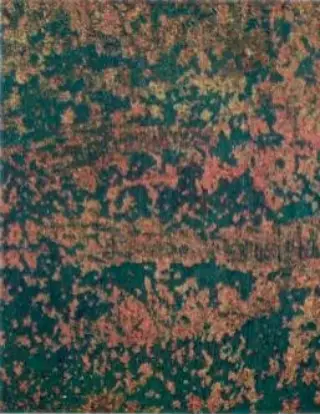
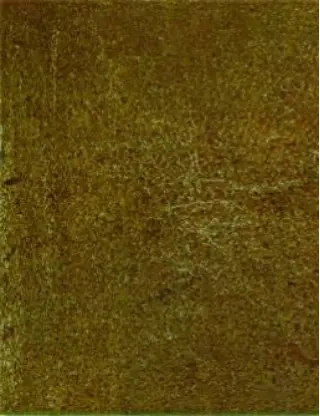
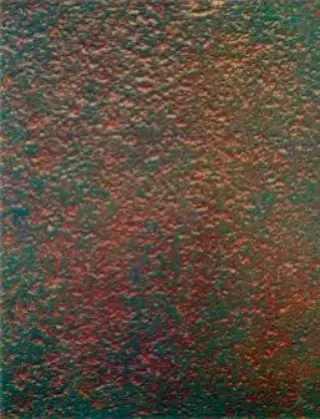
Surface treatment is essential to obtain a good coating effect. The investment in surface treatment is well worth it. Therefore, careful consideration should be given to the selection of surface treatment methods and corresponding painting systems.
It is important to use international standards to measure the degree of surface treatment, such as the Swedish standard: SIS055900 or ISO08501.
Corrosion levels
The basis of surface treatment standards lies in four distinct levels of corrosion:
Level A: The steel surface is completely covered with adherent scale, practically without rust.

Level B: The steel surface has started to rust and the scale is starting to peel off.
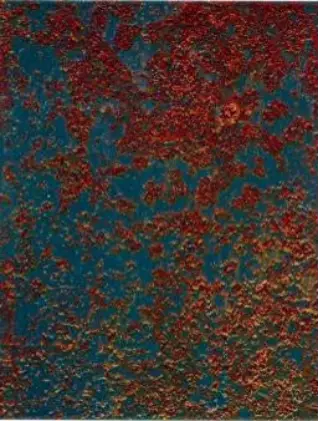
Level C: The scale on the surface of the steel is rusty or can be scraped off, but small patches of rust are visible to the naked eye.
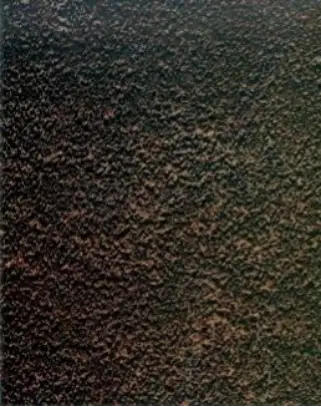
Level D: The scale on the surface of the steel is rusty and peeling, with a large number of rust stains visible to the naked eye.
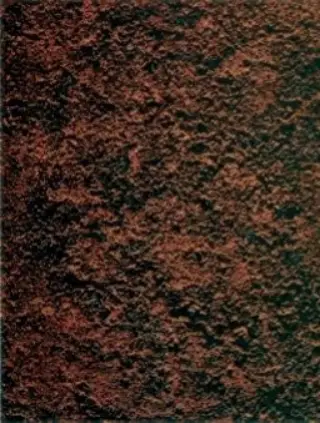
Pre-treatment level
According to SIS055900, the surface treatment of these corrosion levels is carried out in accordance with the following quality standards for metal brushing and abrasive blasting:
- St – St2, St3 wire brushing patterns
- Sa – Abrasive Blasting Standards Sa1, Sa2, Sa2.5, Sa3
1. Wire Brushing – St.
- St1 – Complete cleaning by hand and with power tools
When viewed without magnification, the surface should be free of oil, grease and dust residues. There should be no unsafe oxidized skin, rust, paint or foreign objects. Any remaining contaminants must be firmly adhered.
- St2 – Complete cleaning manually and with power tools.
The surface must be free of visible grease, dirt, mill scale, rust, paint coatings and foreign materials.
- St3 – Very thorough cleaning with manual and electric tools.
Similar to St2, but must be treated more thoroughly than St2, with the metal substrate having a metallic luster.
These standards provide significant guidance and assistance for surface treatment. Paint suppliers generally set corresponding surface treatment standards and requirements for each type of paint.
2. Abrasive Blasting – Sa
Before abrasive blasting, all thick layers of surface rust must be removed. Any visible oil, grease and dirt should also be removed. After abrasive blasting, the surface must be clean, free from dust and debris.
- Grade Sa1: Rust removal with light sandblasting
The surface must be free from visible grease, dirt, unstable oxidation layers, rust, paint coatings and impurities.
- Grade Sa2: Complete rust removal with sandblasting
The surface must be essentially free of visible grease, dirt, oxidation layers, rust, paint coatings and impurities, with any remaining substances firmly adhered.
- Grade Sa2.5: Very thorough sandblasting rust removal
The surface must be free from visible grease, dirt, oxidation layers, rust, paint coatings and impurities. Residual traces should only appear as small, mottled or streaked discolorations.
- Grade Sa3: Rust removal with sandblasting to clean steel surfaces
The surface must be free of visible grease, dirt, oxidation layers, rust, paint and impurities, exhibiting a uniform metallic shine.
- Grade Sa4: The observable cleanliness of the steel surface
Without magnification, the surface should appear free of residual oil, grease and dust, devoid of any unattached oxidation layer, rust, paint and foreign objects, exhibiting a uniform metallic luster.
3. Flame Cleaning – Fl
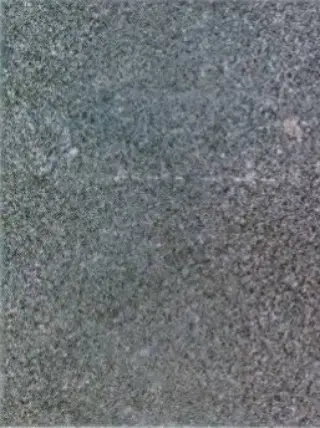
Before flame cleaning, thick layers of rust must be scraped off and visible residue, oils and dirt must also be removed. After flame cleaning, the surface should be brushed with an electric wire brush.
(Flame cleaning includes final removal of byproducts with an electric wire brush. A manual wire brush cannot achieve a satisfactory surface for painting.)
- Fl – Flame Cleaning:
Without magnification, the surface should appear free of oxidation, rust, paint and foreign substances. Any residual matter should only appear as surface discoloration (shadows of varying colors).
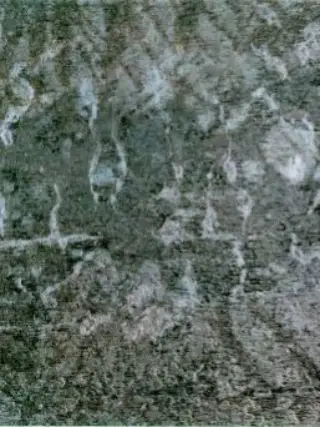
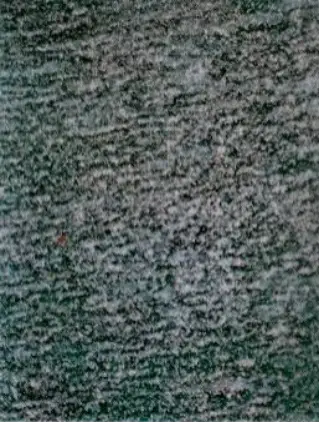
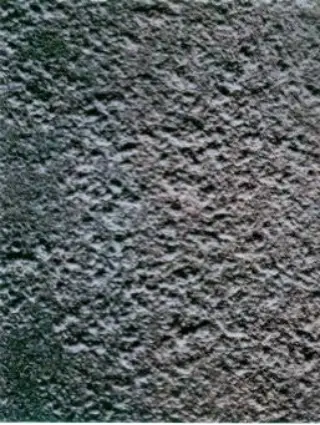
The term “foreign matter” includes soluble salts and welding slag. These contaminants cannot be completely removed by dry sandblasting, hand and power tools, or flame. Instead, wet sandblasting or water spray methods should be employed.
Oxides, rust and paint that can be scraped off with an oil scraper are considered weakly adhered. Before sandblasting, thick layers of rust must be scraped off and visible residues of oil, grease and dirt must also be removed. After sandblasting, dust and residue must be cleaned.

























































